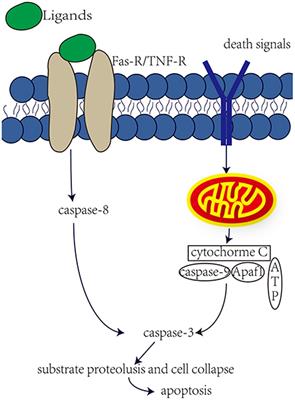EDITORIAL
Published on 13 Oct 2022
Editorial: Hair cells: From molecules to function, volume II
doi 10.3389/fncel.2022.1046646
- 786 views
9,480
Total downloads
67k
Total views and downloads
You will be redirected to our submission process.
EDITORIAL
Published on 13 Oct 2022
ORIGINAL RESEARCH
Published on 16 Sep 2022
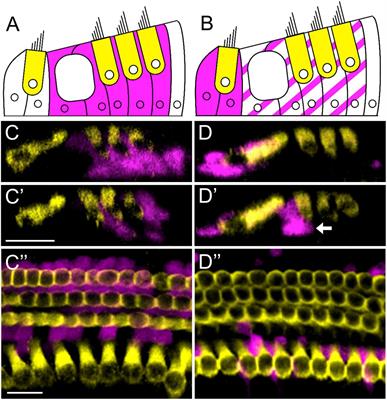
ORIGINAL RESEARCH
Published on 17 Jun 2022
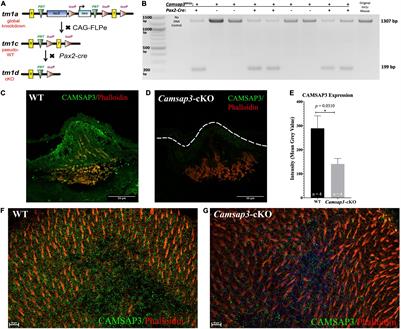
ORIGINAL RESEARCH
Published on 04 May 2022

ORIGINAL RESEARCH
Published on 14 Mar 2022

ORIGINAL RESEARCH
Published on 09 Mar 2022
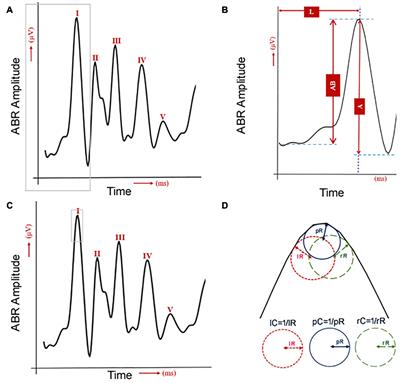
ORIGINAL RESEARCH
Published on 25 Aug 2021
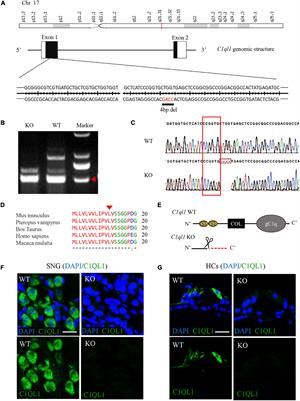
ORIGINAL RESEARCH
Published on 19 Aug 2021
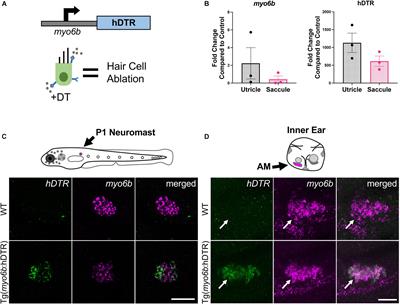
ORIGINAL RESEARCH
Published on 21 Jul 2021
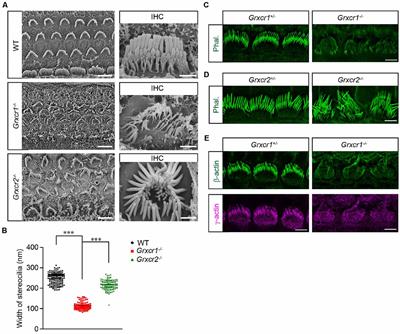
REVIEW
Published on 15 Jun 2021
